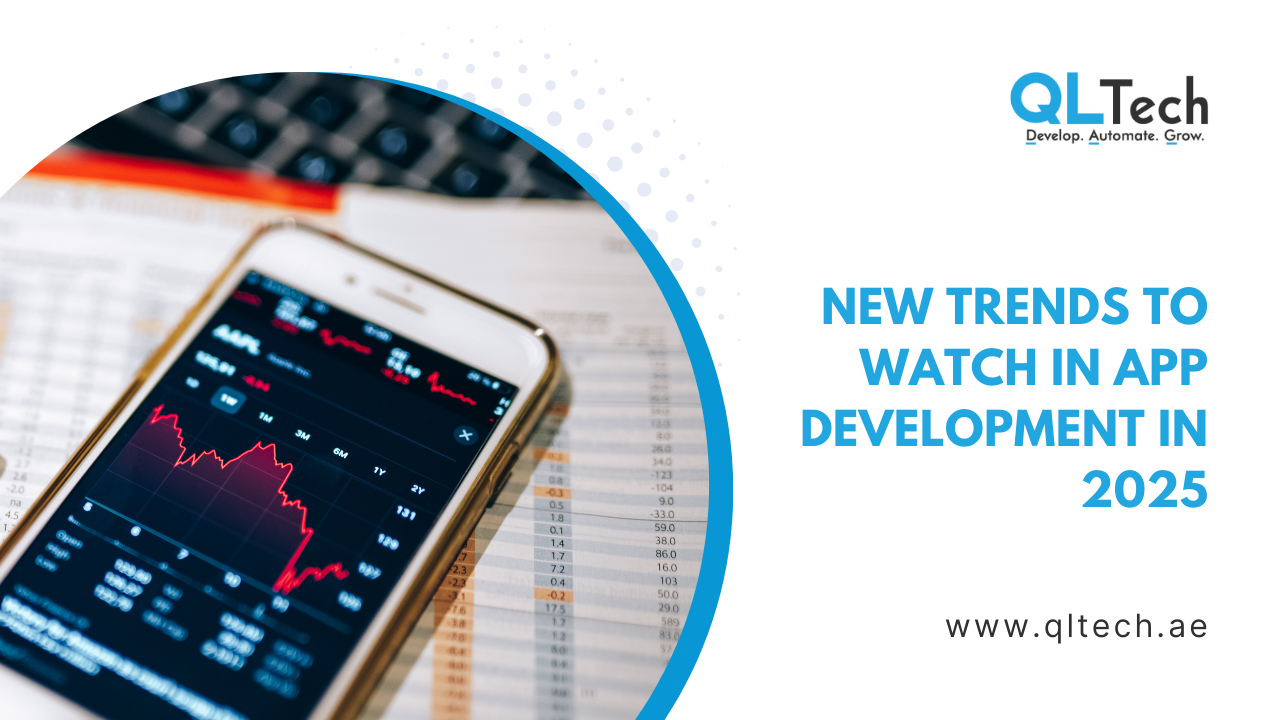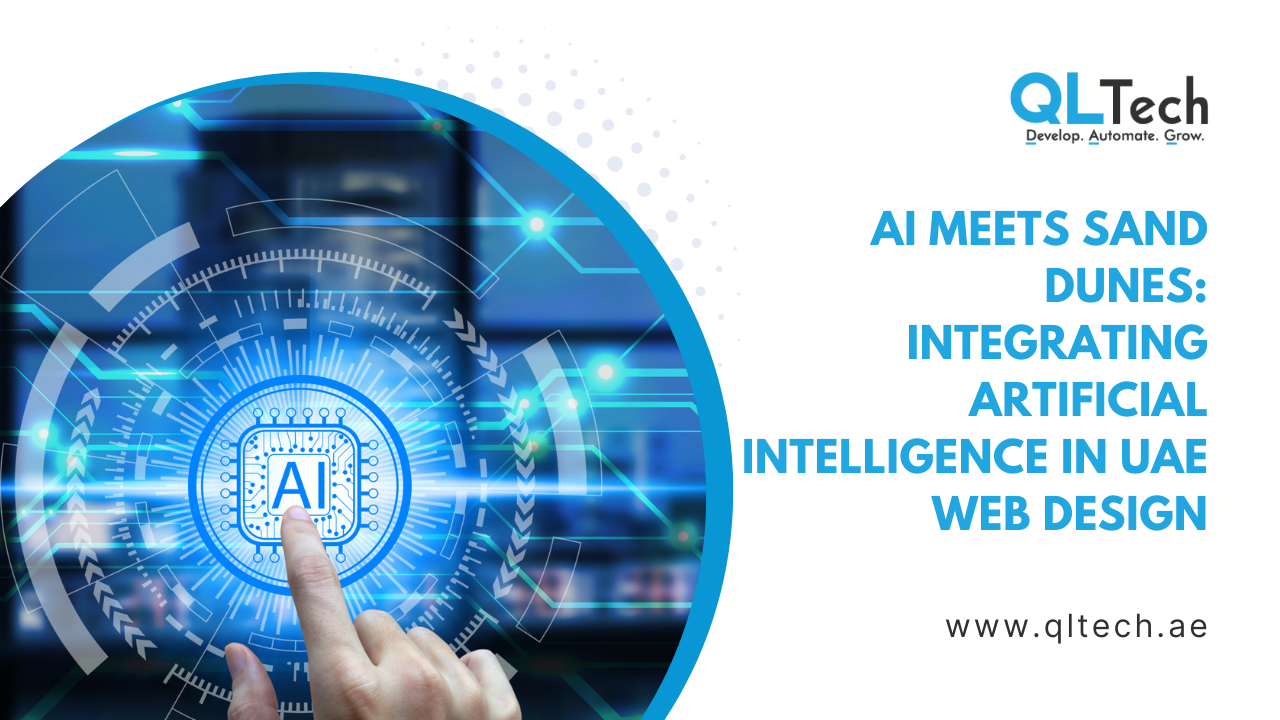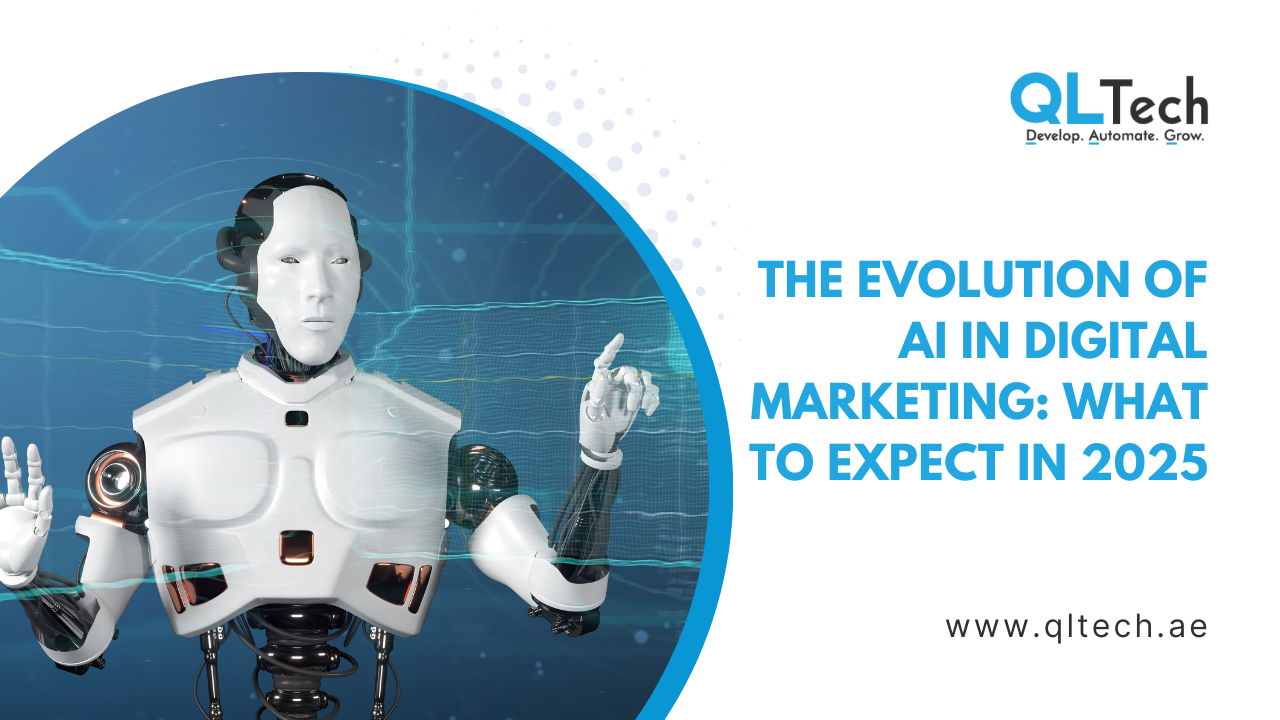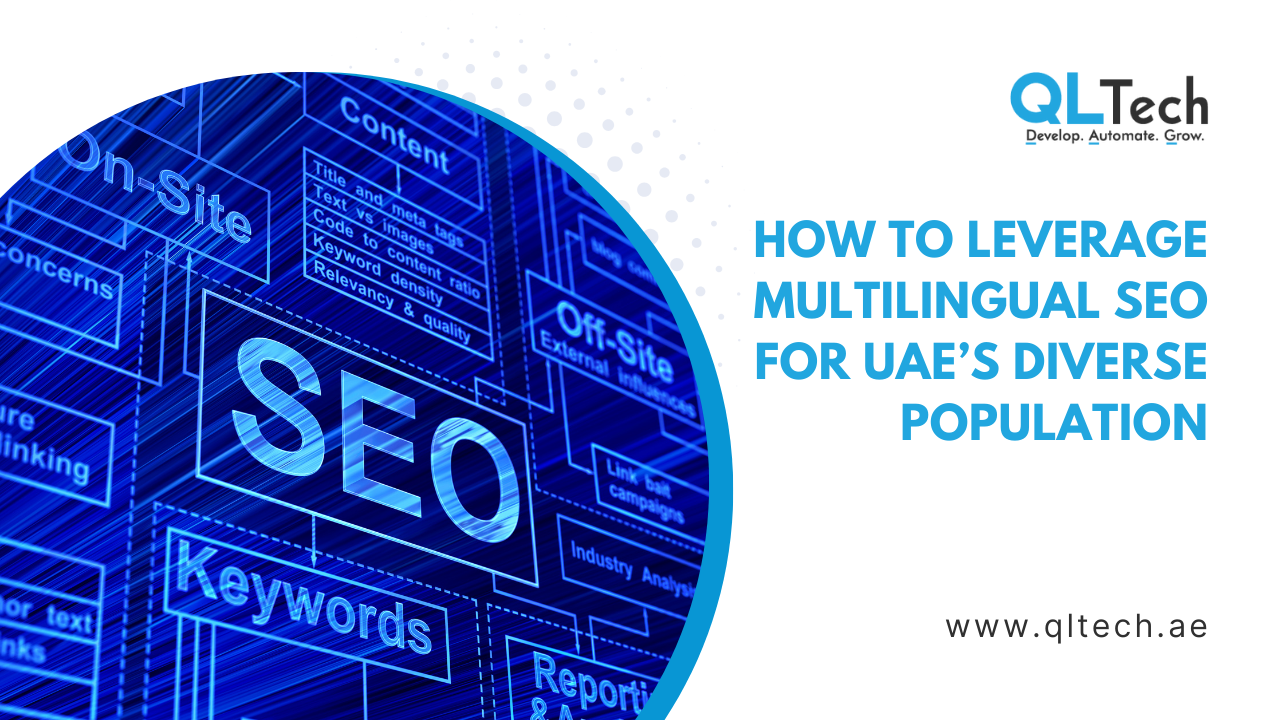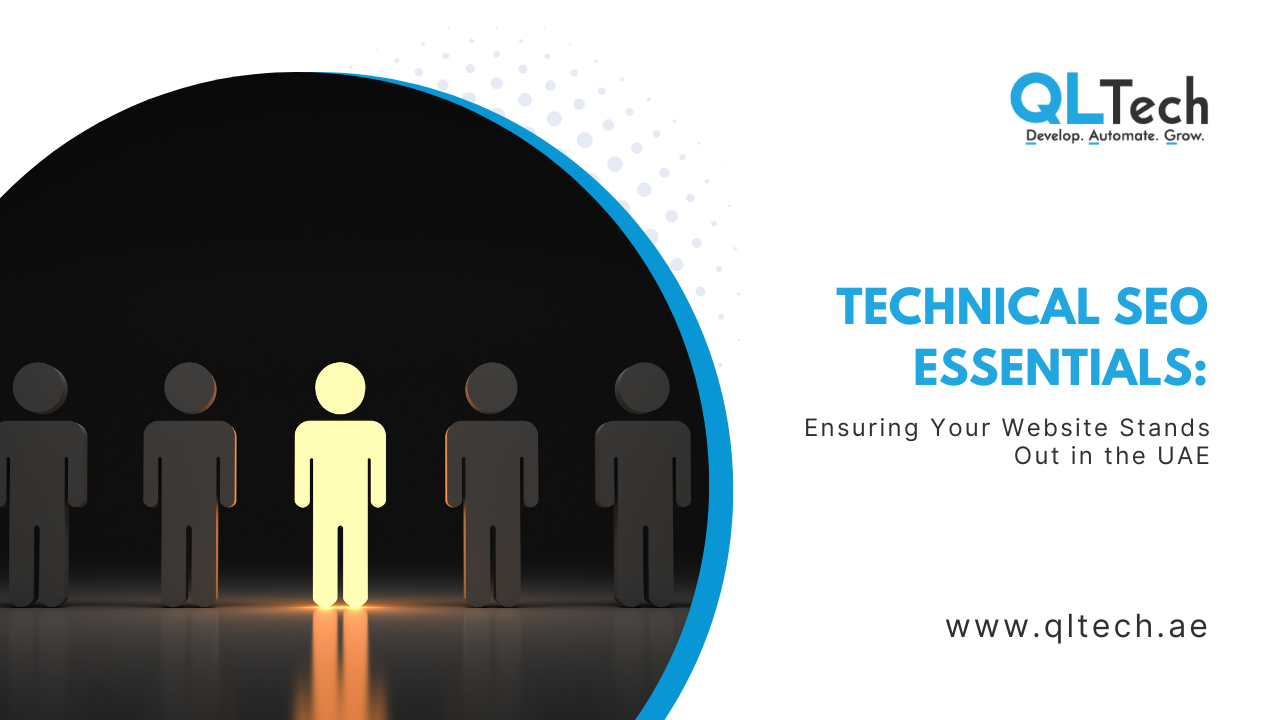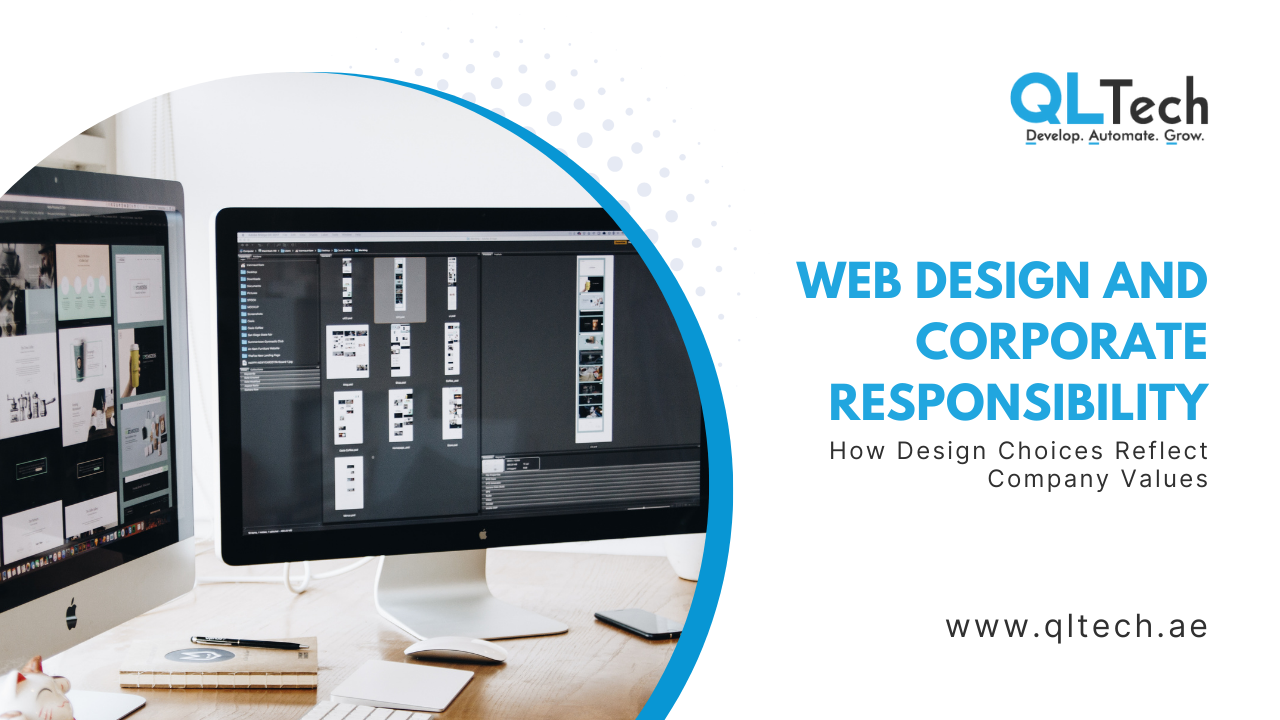
Web Design and Corporate Responsibility: How Design Choices Reflect Company Values
In today’s digital-first world, a company’s website is more than just an online presence; it’s a reflection of who they are, what they believe in, and how they operate. For large corporations, the stakes are even higher, as a website not only reaches millions but also communicates values, priorities, and commitment to responsible practices.
One increasingly important consideration for brands today is corporate responsibility. Consumers expect companies to act responsibly, prioritizing environmental, social, and ethical concerns. Here’s how web design can effectively communicate these values, fostering trust and loyalty while showcasing a company’s dedication to making a positive impact.
1. Prioritizing Accessibility: Designing for All Audiences
Creating an accessible website is a fundamental aspect of responsible design. By incorporating accessibility best practices, like proper alt text for images, color contrasts for readability, keyboard navigation, and screen reader compatibility, companies make their websites inclusive to all users, regardless of physical abilities.
Why It Matters: A commitment to accessibility demonstrates that a company values inclusivity and equal access, reaching beyond legal requirements to make everyone feel welcomed and supported.
2. Sustainable Design: Reducing the Carbon Footprint of a Website
Yes, websites have a carbon footprint! Large websites with heavy graphics, videos, and intricate functionalities consume more energy and contribute to higher carbon emissions. Sustainable web design reduces this impact by optimizing file sizes, compressing images, and employing energy-efficient hosting solutions.
Why It Matters: By adopting sustainable design practices, companies can lower their website’s energy usage, demonstrating an environmental commitment that aligns with broader efforts toward sustainability.
3. Clear and Transparent Design: Promoting Ethical Communication
Transparency in web design means creating a layout that is clear, honest, and easy to navigate. Avoiding deceptive design tactics (also known as “dark patterns”) like hidden fees or misleading call-to-action buttons helps ensure that users feel respected and valued.
Why It Matters: Transparency builds trust. When users can easily find information about a company’s ethical initiatives or environmental impact, it signals a commitment to integrity and honesty.
4. Showcasing Social Responsibility: Dedicated Sections for Impact Initiatives
Many companies have initiatives related to social good, environmental sustainability, or ethical labor practices. Including a dedicated section or interactive feature on the website that highlights these initiatives can engage users and build loyalty. Companies can use storytelling, infographics, or video content to make these efforts relatable and engaging.
Why It Matters: Consumers are increasingly looking to support brands that align with their own values. Showcasing social responsibility efforts not only informs but inspires users, positioning the company as a positive force in the community.
5. User Privacy and Data Security: Respecting Customer Data
Responsible web design also means prioritizing data security and user privacy. This includes easy-to-understand privacy policies, secure login options, and transparent cookie notices that give users control over their data. Integrating strong security measures communicates respect for customer data and reassures users that their privacy is a top priority.
Why It Matters: With rising concerns over data security, users are more likely to trust companies that visibly protect their privacy. Prioritizing data security within the design shows a company’s commitment to responsible digital practices.
6. Engaging Imagery and Messaging: Aligning Visuals with Values
The images, colors, and language used on a website can also reflect a company’s values. A brand committed to eco-friendliness might choose green tones, nature-themed visuals, and eco-conscious messaging. For companies focused on inclusivity, using diverse and inclusive images helps resonate with a wider audience.
Why It Matters: Visual elements are powerful communicators of values. By thoughtfully selecting design elements that align with corporate responsibility, companies make their values feel authentic and visible to every visitor.
7. Streamlined Navigation for a Positive User Experience
Corporate responsibility in web design is also about creating a seamless experience that respects users’ time. Simplified, intuitive navigation and minimal page loading times reduce user frustration, providing a pleasant, efficient experience that enhances brand perception.
Why It Matters: User-centric design shows respect for visitors, ensuring they can access the information they need quickly and easily. This respect for user experience reflects a company’s commitment to quality and care.
8. Promoting Diversity and Inclusion in Design Elements
Incorporating diversity in website design, from visual representations to language choices, demonstrates a commitment to inclusion. Companies that strive to represent diverse perspectives create a welcoming space that resonates with a global audience.
Why It Matters: Representing diversity in web design sends a clear message that a company values and celebrates all individuals. This helps build stronger connections with users across varied backgrounds, strengthening brand loyalty and credibility.
Conclusion
Corporate responsibility isn’t limited to boardroom initiatives or public relations statements; it’s expressed in every element of a company’s web design. From accessibility and sustainability to privacy and inclusivity, design choices can make a powerful statement about what a company stands for. In an era where consumers value transparency, ethics, and social impact, integrating corporate responsibility into web design isn’t just a smart business move—it’s essential for building a brand that resonates and endures.
When companies reflect their values through thoughtful design, they invite users to not only engage with their products or services but to become part of a community grounded in shared values. This is the future of corporate responsibility, where every digital interaction is an opportunity to make a positive impact.
